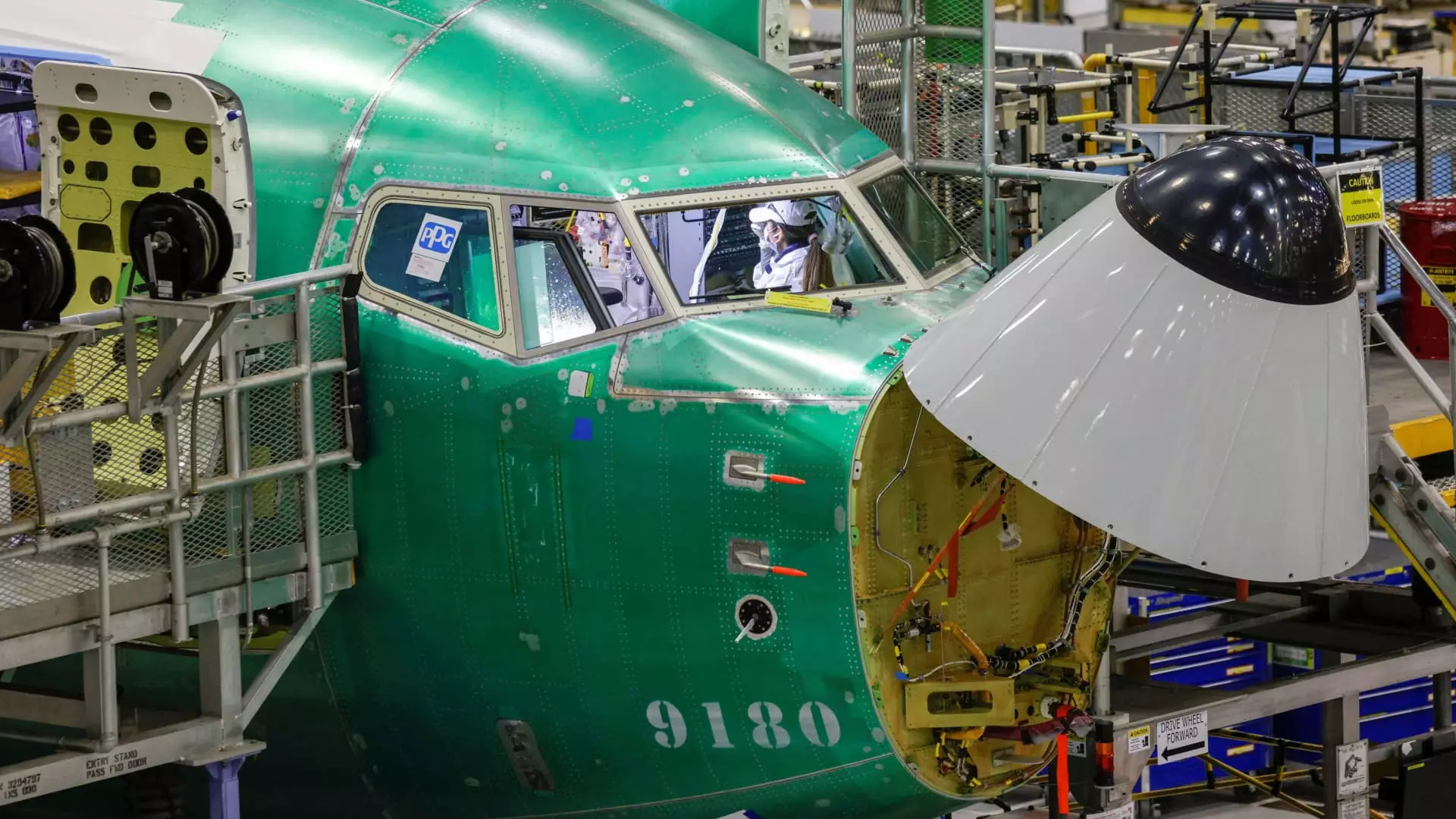Following a tumultuous strike that lasted over seven weeks, Boeing’s workforce of over 32,000 machinists has returned to their posts, with a deadline for reintegration set for Tuesday. This seemingly positive development, however, is just the beginning of a complicated and slow recovery process for the aerospace giant. The strikers approved a new contract that promises a staggering 38% salary increment over four years, alongside various improved working conditions. This new agreement comes after the machinists rejected a previous offer that included a 25% salary hike, underscoring their determination for better compensation and treatment.
The ramifications of the strike are already apparent. Boeing managed to deliver only 14 jetliners in October, marking the lowest output since November 2020 amidst the pandemic’s peak and the previous operational setbacks related to the 737 Max. The figures hint at the substantial halt in production that gripped the company for weeks; notably, nine of the delivered planes were 737 Max models. It’s worth mentioning that workers not impacted by the strike handled the delivery processes. This has raised questions about the company’s operational resilience and flexibility amid labor disputes.
As Boeing endeavors to resume full production, a multitude of challenges awaits. The CEO, Kelly Ortberg, stressed the vital importance of a cautious and calculated approach. He elaborated that restarting operations is considerably more complex than shutting them down, emphasizing the importance of addressing potential hazards and revisiting training protocols. There’s an urgent requirement to reassess the safety regulations, redefine technician responsibilities, and ensure that all personnel are updated with the requisite qualifications, which could soak up valuable time before operations can return to normalcy.
Boeing is not just idly waiting for the workers to come back; it is actively resuming projects in Washington State and Oregon, specifically for its 737 Max, 767, and 777 models, along with their military variants. Interestingly, production for the 787 Dreamliner remained largely unaffected thanks to being manufactured in a non-union facility based in South Carolina. This divergence showcases the complexities of operating in a unionized versus non-unionized environment and calls attention to the necessity for robust contingency plans.
Despite the interruptions caused by the strike, Boeing showed resilience in its sales performance, recording 63 new aircraft orders in October—only two less than September’s tally. Among these, 40 orders were for the 737 Max 8s from Avia Solutions Group, highlighting consistent market interest in Boeing’s aircraft, even during turbulent times. Additionally, the company successfully delivered ten 787 Dreamliners to LATAM Airlines, indicating that even amidst operational difficulties, demand for Boeing aircraft remains robust.
While the return of Boeing’s machinists symbolizes a step toward normalcy, it also underscores an intricate web of challenges that lie ahead. Navigating the path to recovery will require meticulous planning and execution to ensure that Boeing can regain its footing in the aerospace industry while meeting the expectations of its stakeholders and clients alike.


Leave a Reply